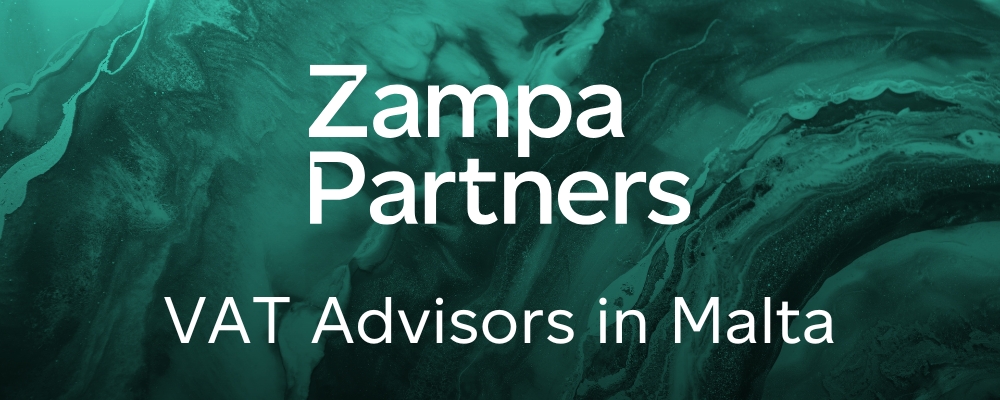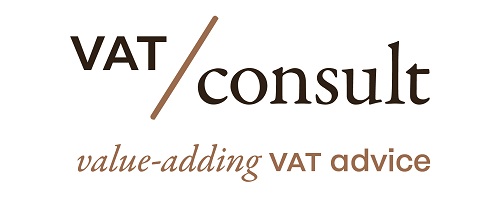The European Parliament’s Research Service (EPRS, an independent think-tank advising Members of the European Parliament) published an interesting report on “The VAT Gap, Reduced VAT Rates and their Impact on Compliance Costs for Businesses and Consumers”.
In November 2020, the European Parliament’s Subcommittee on Tax Matters requested authorisation to draw up an implementation report on the implementation of the Sixth VAT Directive. Olivier Chastel (Renew Europe, Belgium) has been appointed as rapporteur for the report. To further support the Subcommittee on Tax Matters in its scrutiny work on the subject, the Ex-Post Evaluation Unit within the European Parliamentary Research Service has drawn up the present European implementation assessment. It focuses on the causes underlying the huge gap between the VAT projected and de facto collected, by looking at factors such as the Member States’ disparate VAT systems and at the effects of reduced VAT rates on businesses and consumers.
Some extracts:
- On average, 71 % of the total tax base is taxed at the standard VAT rate in the EU-27. However, there is great variation across Member States: in 2019, for example, the share of the total tax base subject to the standard VAT base rate ranged from 47 % in Spain to 97 % in Bulgaria.
- Is there an uneven playing field for EU and non-EU companies?
Diversified VAT systems may create an uneven playing field and thus distort international trade in several ways. Firstly, different VAT systems increase compliance costs for cross-border trade and thus discourage international trade. Secondly, exemptions create an uneven playing field since they
act as an implicit subsidy of imports. Thirdly, deficient VAT refund systems may reduce international trade if exporters have difficulties obtaining VAT refunds on input purchases. Finally, VAT systems can distort international competitiveness through a macroeconomic channel. Despite these various
theoretical channels, the empirical evidence on the effect of VAT systems on international trade is inconclusive.
Source: europa.eu















